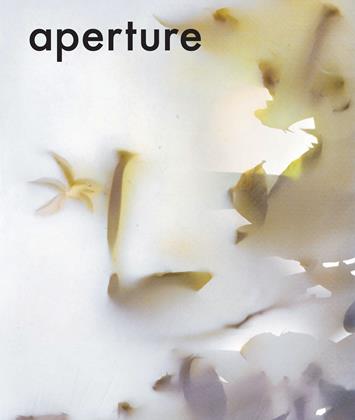ADAM BROOMBERG & OLIVER CHANARIN
Bertolt Brecht’s War Primer is an idiosyncratic collection of newspaper clippings dating from World War II, published in East Germany in 1955. In this book, Brecht attempted to make sense of images of war, which he viewed as a sort of hieroglyphics in need of deciphering. He wrote a four-line quatrain to accompany each image to be read as instructions on how to decode it. “Don’t start from the good old things but the bad new ones,” said Brecht.
If he were making his War Primer today, Brecht would not work with scissors and newspaper; rather, he would find an abundance of moving images on the web; images of our current conflicts recorded by numerous witnesses—unmanned drones, insurgents, citizen journalists, and even soldiers. We encountered soldier-photographers—or “combat shooters”—a few years ago when we were in Afghanistan’s Helmand Province working on our project The Day Nobody Died, which examines the practice of embedded journalism. Armed with both an M16 and a Nikon D5, the combat shooter is a particularly troubled witness tasked with the impossible job of documenting the events in which he participates. But if the fighting becomes serious, he puts down his camera and shoots for real. As the artist Hito Steyerl has noted, the gun and the camera have been inextricably linked since photography’s inception. In the 1860s photographs were exposed on an emulsion made from a byproduct of manufacturing explosives, and the mechanisms of some early cameras were based directly on the mechanics of the Colt revolver; later film cameras were inspired by machine-gun technology.
The September 11 attacks—what Boris Grays and the Retort Collective describe as the ultimate “image defeat” for America—brutally demonstrated the reciprocal relationship between war and images. The subsequent invasions of Afghanistan and Iraq can be read as a genocidal search for images to counter this “image wound.” And, in this lethal exchange of images, the Brechtian task of critiquing these “hieroglyphics” is more urgent then ever. ■
Adam Broomberg and Oliver Chanarin are artists living in London. They are currently working on The War Primer II, and their latest book is People in Trouble Laughing Pushed to the Ground (Mack, 2011). They are guest curators of Krakow Photomonth 2011.
 View Full Issue
View Full Issue
More From This Issue
-
 Dialogue
DialogueTalking Pictures
Fall 2011 By John Pilson -
 Essay
Essay"This Is The Photo League"
Fall 2011 By Mary Panzer -
 Work And Process
Work And ProcessAn Atlas Of Decay: Cyprien Gaillard
Fall 2011 By Brian Dillon -
 On Location
On LocationRimaldas Vikšraitis: Grimaces Of The Weary Village
Fall 2011 By Martin Parr -
 Portfolio
PortfolioLois Conner: Campania, 2010
Fall 2011 By Lois Conner -
 The Anxiety Of Images
The Anxiety Of ImagesAbigail Solomon-Godeau
Fall 2011 By Abigail Solomon-Godeau
Subscribers can unlock every article Aperture has ever published Subscribe Now
The Anxiety Of Images
-
 The Anxiety Of Images
The Anxiety Of ImagesThe Anxiety Of Images
Fall 2011 -
 The Anxiety Of Images
The Anxiety Of ImagesAllan Sekula
Fall 2011 -
 The Anxiety Of Images
The Anxiety Of ImagesAbigail Solomon-Godeau
Fall 2011 By Abigail Solomon-Godeau -
 The Anxiety Of Images
The Anxiety Of ImagesEnrico Bossan
Fall 2011 By Enrico Bossan -
 The Anxiety Of Images
The Anxiety Of ImagesSusie Linfield
Fall 2011 By Susie Linfield -
 The Anxiety Of Images
The Anxiety Of ImagesTim Hetherington
Fall 2011 By Tim Hetherington

